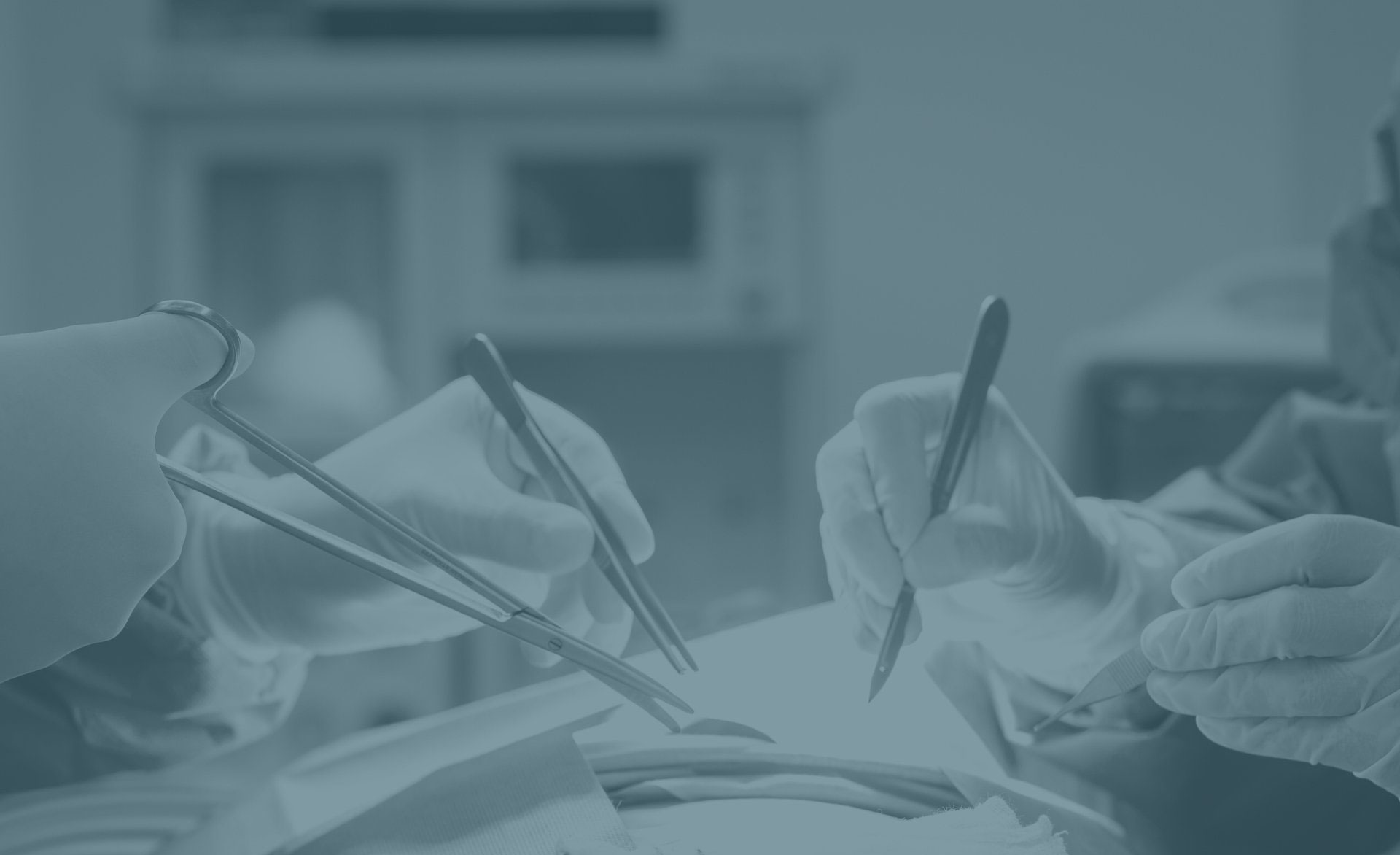Prof McGuire’s
Orthopaedic Services
Shoulder Instability and Dislocations
The shoulder is a very mobile ball and socket joint. Because the shoulder has such a large range of motion, it sacrifices stability and is therefore prone to dislocations. Dislocation usually occurs following trauma and involves the ball coming out of the socket. This may occur while playing contact sports or falling off a bicycle or motorbike. If a dislocation occurs, the shoulder needs to be put back in the socket as soon as possible. This usually needs to be done in a casualty unit by a doctor under sedation. After the shoulder is back in the joint, a sling will be used to immobilise it.
Following a dislocation, there is a risk of ongoing shoulder instability. This risk is reduced the older someone is at the time of the shoulder dislocation. Signs and symptoms of shoulder instability and dislocations include a decreased range of arm/shoulder motion, bruising, swelling and the inability to move the joint. You should be assessed by an orthopaedic surgeon after a shoulder dislocation to ensure that there is no persistent shoulder instability. If there is shoulder instability, then you may need surgery. Surgery may take the form of an arthroscopic procedure (key-hole surgery) called a Bankart or labral repair, or an open bony procedure called a Latarjet.
Another potential complication of a shoulder dislocation is a rotator cuff tear. The rotator cuff is the muscles that lift up and rotate the shoulder. When the shoulder dislocates, the rotator cuff tendons can tear off their attachment onto the shoulder. If this occurs, you will require surgery to reattach the tendons; otherwise, you will be left with permanent weakness of the shoulder. Surgery can be done through key-hole surgery and involves the orthopaedic surgeon making small incisions and inserting a camera and other surgical tools through the incisions to repair the torn rotator cuff.

